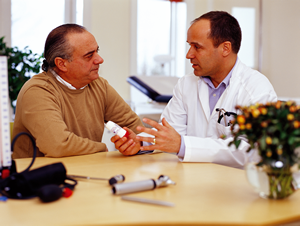What is Partial Hospitalization?
Partial hospitalization programs (PHP) or partial hospitalization are programs that are specifically designed to treat patients who are suffering from mental illness and substance abuse. In these types of rehab and treatment programs the patient is not required to stay at the facility for the duration of the program. In fact he is allowed to stay at home and needs to come to the treatment centre on a daily basis. These programs came into being so that complete treatment could be provided to a patient suffering from mental as well as abuse and addiction problems while reducing the rate of in-patient hospitalization.
The reason behind reducing the rate of in-patient hospitalization is because Dr. Albert E. Moll (pioneer of partial hospital programs) believed that for some patients staying away from their families would be impossible reducing their chances of recovery and that partial hospitalization will reduce the cost of long-term care.
Day Treatment
Day treatment partial hospitalization programs are comprehensive and they offer complete support to the patient. The main elements of day treatment include:
•  Counseling – These programs offer intensive counseling sessions that help in getting down to core issues that worked as the catalyst to drug or alcohol addiction. The counselors are highly educated, trained and experienced individuals who have years of experience in the rehab treatment field.
Counseling – These programs offer intensive counseling sessions that help in getting down to core issues that worked as the catalyst to drug or alcohol addiction. The counselors are highly educated, trained and experienced individuals who have years of experience in the rehab treatment field.
• Education – These sessions help the patient learn about the disease of addiction and how to prevent a relapse so that the patient makes a successful recovery.
• Family program – These family programs help your family to learn the ways to support your recovery and when they need to help and when to step back. Family counseling sessions and family education form a very important part of family program.
Aftercare Program of Partial Hospitalization
Aftercare programs help in reducing the chances of relapse and increase success rates of a patient. These programs offer support groups for both the patient and the family of the patient.






